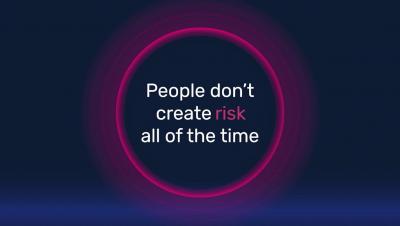How phishing gangs weaponize the 24-hour news cycle
Thanks to social media, online publications, and 24-hour news channels, we’ve never been more hooked into the news cycle. Whether you want to see them or not, the headlines are never far from your eyes and ears. Cybercriminals can weaponize this to their advantage and tailor their phishing attacks to coincide with topical news stories.













